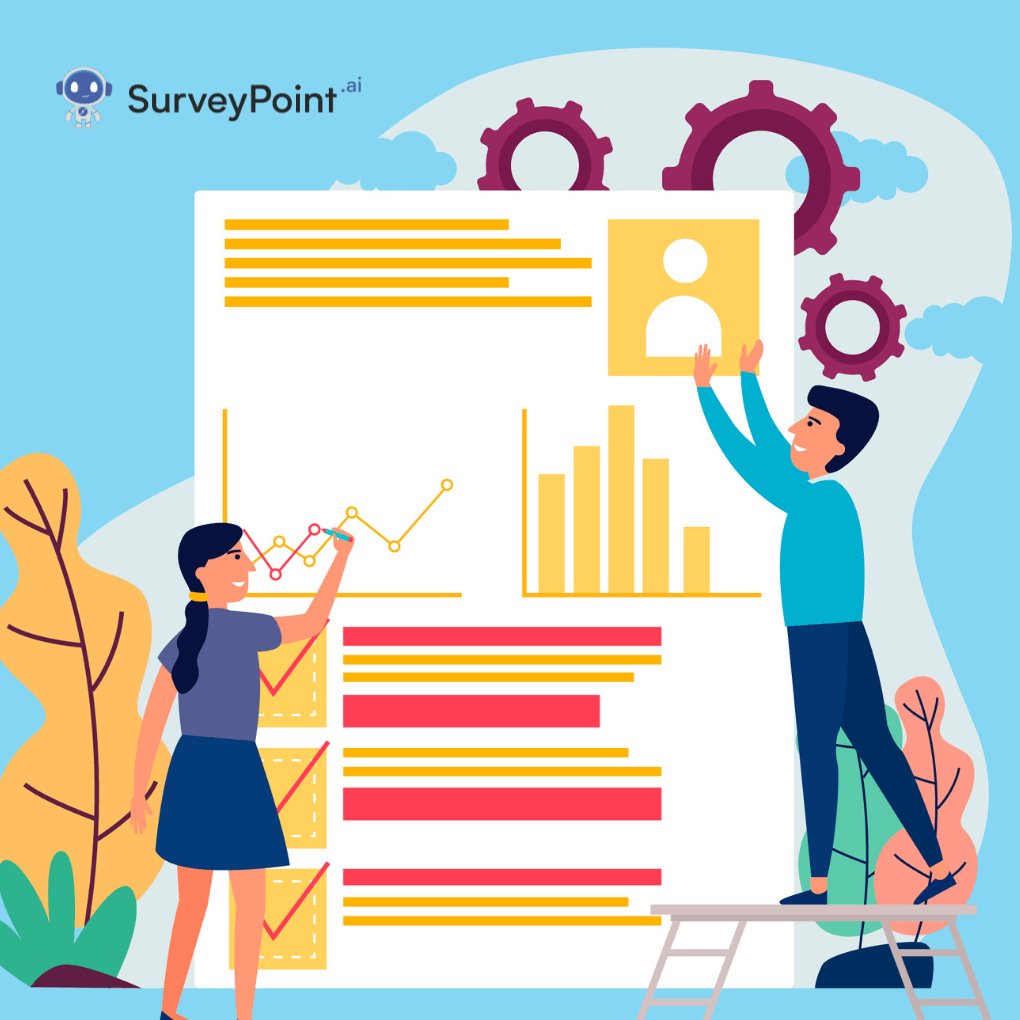
In an era driven by information, the ability to collect and analyze data is crucial for decision-making across various fields, including business, healthcare, social sciences, and education. Data collection refers to the systematic gathering of information for a specific purpose, serving as the backbone for research, analysis, and insights.
Among the myriad methods of data collection, two stand out for their widespread application: surveys and experiments. Surveys allow researchers to gather information on opinions, behaviors, and demographics, while experiments facilitate a controlled approach to understanding causal relationships. This blog will delve into the nuances of these two activities, exploring their definitions, methodologies, and real-world applications.
Surveys
A survey is a structured method for collecting information from a group of respondents. Its primary purpose is to gain insights into the preferences, behaviors, and attitudes of a particular population. Surveys can be used in various contexts, from market research to academic studies, and are often employed when researchers seek to gather quantitative data that can be statistically analyzed.
Types of Surveys
Surveys come in different formats, each with its own strengths and limitations:
- Online Surveys: Increasingly popular due to their cost-effectiveness and ease of distribution. They allow for quick data collection and can reach a broad audience. However, they may suffer from sampling bias if the target population lacks internet access.
- Telephone Surveys: While offering direct engagement with respondents, they often face challenges such as declining response rates and the potential for interviewer bias. Nonetheless, they can be useful for reaching demographics that may be less accessible online.
- Face-to-Face Surveys: Conducted in person, these surveys yield high-quality data and enable interviewers to clarify questions. They are particularly effective for complex topics but can be time-consuming and expensive.
- Mail Surveys: Though less common in the digital age, mail surveys can reach specific populations effectively. They often result in lower response rates and may require follow-up to encourage participation.
Designing Effective Surveys
Creating a successful survey involves careful planning and design:
- Crafting Questions: The effectiveness of a survey hinges on the quality of its questions. Researchers should employ a mix of open-ended and closed-ended questions to capture both quantitative and qualitative data. Clear, unbiased wording is essential to avoid leading respondents.
- Survey Length and Format: Striking a balance between thoroughness and brevity is vital. Long surveys can lead to respondent fatigue, diminishing the quality of the data collected. A visually appealing design can enhance user experience and improve response rates.
- Pilot Testing: Before launching a survey, conducting a pilot test with a small group helps identify potential issues. Gathering feedback on question clarity and survey flow can lead to valuable adjustments.
Analyzing Survey Data
Once data is collected, analyzing it becomes paramount:
- Quantitative Analysis: Statistical methods, such as regression analysis or descriptive statistics, help interpret closed-ended responses. Software tools like SPSS or R can facilitate this process.
- Qualitative Analysis: Open-ended responses often require thematic analysis to identify patterns and insights. This qualitative approach provides depth and context to the quantitative data.
- Tools and Software: Platforms like Google Forms and SurveyMonkey streamline survey creation and data analysis, making them accessible even to those with minimal technical expertise.
Case Study: Successful Survey Implementation
One notable example of effective survey implementation is the Pew Research Center. Known for its rigorous methodology, Pew conducts surveys on various social and political issues. Their findings often influence public policy and opinion, demonstrating the power of well-executed surveys in shaping societal understanding.
Experiments
Definition and Purpose of Experiments
An experiment is a systematic investigation designed to establish causal relationships between variables. By manipulating one or more independent variables and observing the effect on a dependent variable, researchers can draw conclusions about cause-and-effect relationships. This method is foundational in scientific research and is pivotal in fields ranging from psychology to medicine.
Types of Experiments
Experiments can be categorized based on their environment and design:
- Laboratory Experiments: Conducted in controlled environments, laboratory experiments minimize external influences. While they provide high internal validity, the artificial setting may limit generalizability to real-world situations.
- Field Experiments: These experiments take place in natural settings, allowing researchers to observe behaviors in real-world contexts. Though they enhance external validity, they can be challenging to control for confounding variables.
- Natural Experiments: In situations where random assignment is impossible, natural experiments leverage pre-existing conditions as experimental setups. Researchers analyze the effects of naturally occurring events on outcomes, providing valuable insights in contexts where traditional experimentation isn’t feasible.
Designing Effective Experiments
Designing an experiment requires meticulous planning:
- Hypothesis Formation: A clear, testable hypothesis guides the research. It outlines the expected relationship between variables, providing direction for the study.
- Variables: Independent vs. Dependent: Understanding the difference between independent variables (those manipulated) and dependent variables (those measured) is crucial for experimental design. Control over extraneous variables enhances the validity of the findings.
- Control Groups and Randomization: Incorporating control groups and employing random assignment minimizes bias, ensuring that observed effects are due to the independent variable.
- Ethical Considerations: Ethical considerations are paramount in experimental design. Researchers must ensure participant safety, obtain informed consent, and uphold confidentiality throughout the study.
Analyzing Experimental Data
Analyzing data from experiments involves statistical techniques:
- Statistical Methods for Experiments: Techniques like ANOVA or t-tests help determine the significance of the results. Researchers must choose appropriate methods based on the design and data type.
- Interpreting Results: Drawing conclusions from experimental data involves understanding statistical significance, effect size, and potential limitations. Researchers should contextualize findings within existing literature.
Case Study: Notable Experimental Research
The Stanford Prison Experiment, conducted by Philip Zimbardo in 1971, remains one of the most famous experiments in psychology. It aimed to investigate the psychological effects of perceived power by assigning roles of guards and prisoners. The experiment highlighted the influence of situational factors on behavior and raised significant ethical concerns about the treatment of participants. Its findings continue to resonate in discussions of authority and compliance.
Conclusion
Surveys and experiments are indispensable tools for data collection, each offering unique advantages and applications. Surveys excel in gathering opinions and behaviors from large populations, while experiments provide insights into causal relationships through controlled testing. Together, they contribute to a comprehensive understanding of the world around us.
In today’s data-driven landscape, businesses, academics, and policymakers increasingly rely on these methods to inform decisions and shape strategies. As technology continues to evolve, the future of data collection will likely see advancements in methodologies, including the integration of artificial intelligence and big data analytics.




